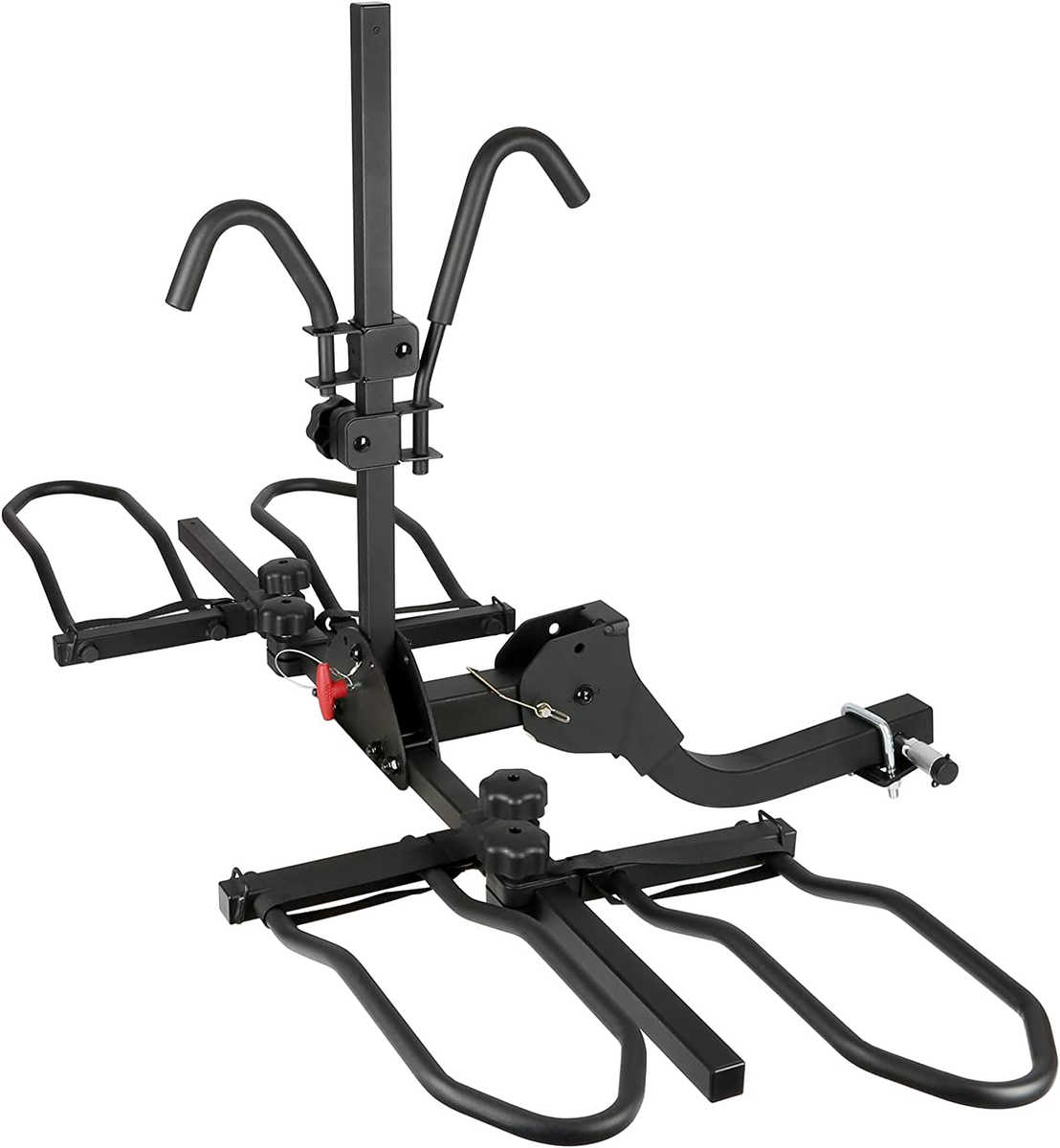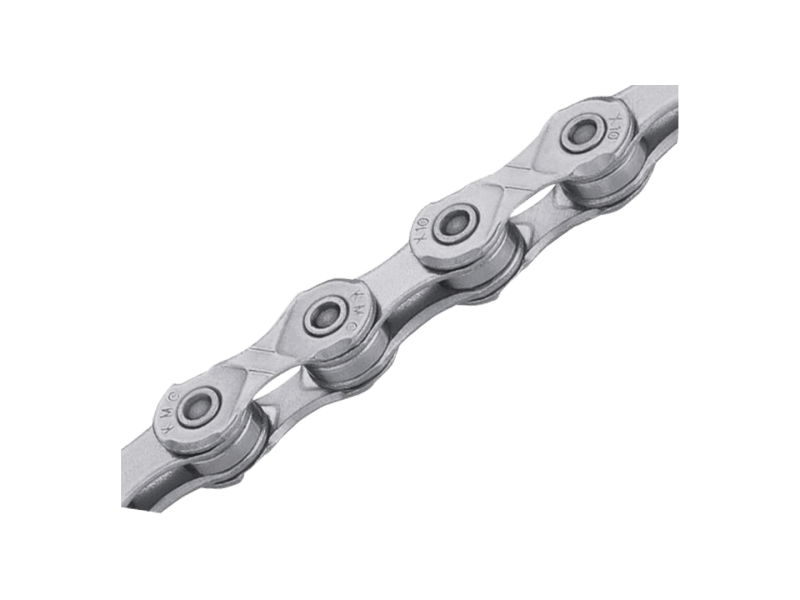Thule bike racks may wobble due to loose bolts or improper installation. Regular maintenance can prevent this issue.
Thule bike racks are popular for their durability and ease of use. However, users sometimes experience wobbling, which can be concerning. Ensuring the rack is securely installed and checking the bolts regularly can help maintain stability. A secure bike rack not only protects your bike but also enhances safety during transit.
Regular checks and proper installation are essential for a wobble-free experience. Investing time in these simple maintenance steps can provide peace of mind on your biking adventures. Remember to always follow the manufacturer's guidelines for optimal performance and safety.

Credit: www.ebay.com
Common Causes Of Bike Rack Wobble
Bike rack wobble can be annoying and dangerous. Understanding the common causes of bike rack wobble can help you fix the problem. This section explores two main reasons for bike rack wobble: loose fastenings and inadequate weight distribution.
Loose Fastenings
Loose fastenings are a major cause of bike rack wobble. Over time, screws and bolts can become loose. This happens due to vibrations from the road. Regularly check all bolts and screws to ensure they are tight. Use a torque wrench for accurate tightening. Follow the manufacturer's specifications for torque settings.
Another common issue is worn-out components. Inspect the fastenings for wear and tear. Replace any damaged parts immediately. This will ensure a secure fit and reduce wobble.
Inadequate Weight Distribution
Improper weight distribution can cause your bike rack to wobble. Ensure that the weight is evenly distributed. Place the heaviest bike closest to the car. This reduces strain on the rack and minimizes wobble.
Check the bike rack's weight limit. Overloading can lead to instability. Always stay within the recommended weight capacity. Use a scale to measure the weight of each bike if needed.
| Cause | Solution |
|---|---|
| Loose Fastenings | Tighten screws and bolts regularly. Replace worn-out components. |
| Inadequate Weight Distribution | Distribute weight evenly. Place the heaviest bike closest to the car. |
Tools And Materials Needed
Fixing a Thule bike rack wobble requires specific tools and materials. The right tools make the job easier and safer. Below, you'll find a detailed list of essential tools and optional add-ons.
Essential Tools
- Socket Wrench Set: A socket wrench set is crucial for tightening bolts.
- Allen Wrenches: These are necessary for adjusting the rack’s parts.
- Torque Wrench: A torque wrench ensures bolts are tightened correctly.
- Screwdriver: A flathead or Phillips screwdriver helps with minor adjustments.
- Rubber Mallet: Use a rubber mallet to tap parts into place without damage.
Optional Add-ons
- Thread Locker: Thread locker keeps bolts from loosening over time.
- Anti-Rattle Device: This device reduces noise and movement.
- Protective Gloves: Gloves protect your hands while working.
- Measuring Tape: Ensure accurate adjustments with a measuring tape.
Below is a quick reference table for the tools and materials:
| Tool/Material | Purpose |
|---|---|
| Socket Wrench Set | Tightening bolts |
| Allen Wrenches | Adjusting parts |
| Torque Wrench | Ensuring proper tightness |
| Screwdriver | Minor adjustments |
| Rubber Mallet | Tapping parts into place |
| Thread Locker | Preventing bolt loosening |
| Anti-Rattle Device | Reducing noise and movement |
| Protective Gloves | Hand protection |
| Measuring Tape | Accurate adjustments |
Proper Installation Techniques
Installing your Thule bike rack correctly is crucial for a secure ride. Improper installation can cause wobbling, which is dangerous. Follow these steps to ensure your rack is properly installed.
Mounting The Rack
Begin by attaching the rack to your car's hitch. Make sure the hitch is clean and free from debris. Slide the rack into the hitch receiver.
Use the provided bolt to secure the rack. Tighten the bolt with a wrench until it is snug. Check to ensure the rack does not move.
| Step | Action |
|---|---|
| 1 | Clean the hitch |
| 2 | Slide the rack into the hitch |
| 3 | Secure with the bolt |
| 4 | Tighten the bolt |
Securing The Bike
Place your bike on the rack's arms. Make sure the bike is centered. Use the straps to secure the bike's frame to the rack.
Check that the straps are tight. The bike should not move. For extra security, use a bungee cord to hold the wheels.
- Place the bike on the rack
- Center the bike
- Use straps to secure the frame
- Check the straps for tightness
- Use a bungee cord for added security

Credit: www.amazon.sa
Adjusting Fastenings
Ensuring your Thule bike rack is secure is vital. A loose bike rack can be dangerous. Properly adjusting the fastenings helps prevent wobble. Follow these steps for a safe ride.
Tightening Bolts
Start by tightening the bolts. Use a wrench to turn each bolt clockwise. Make sure each bolt is snug. Over-tightening can strip the threads. Check all bolts regularly. A loose bolt can cause wobble.
Using Locking Washers
Locking washers help keep bolts tight. Place a locking washer under each bolt head. This prevents bolts from loosening. Tighten bolts with locking washers in place. Inspect washers for wear.
| Step | Action |
|---|---|
| 1 | Place locking washer under bolt head |
| 2 | Tighten bolt with wrench |
| 3 | Check tightness regularly |
Locking washers are essential for secure fastenings. They reduce wobble. Always use them for a safe and stable bike rack.
Weight Distribution Tips
Ensuring proper weight distribution on your Thule bike rack is essential. It prevents wobble and keeps your bikes safe. Follow these tips for a smoother ride.
Balancing The Load
Start by placing the heaviest bike closest to your vehicle. This position reduces stress on the rack. Spread the weight evenly across the rack. Avoid clustering bikes on one side.
Use the provided straps to secure each bike. Ensure they are tightly fastened. A well-balanced load minimizes wobbling and keeps your bikes stable.
Avoiding Overloading
Check your Thule bike rack's weight limit before loading. Exceeding this limit can cause instability.
Here’s a quick reference table for weight limits:
| Rack Model | Weight Limit (lbs) |
|---|---|
| Thule T2 Pro XT | 120 |
| Thule EasyFold XT | 130 |
| Thule Apex XT | 150 |
Always distribute weight evenly. Avoid placing all heavy bikes on one side. This can lead to wobbling and potential damage to the rack.
If you have multiple bikes, follow these tips:
- Place the heaviest bike first.
- Alternate bike directions.
- Use all provided straps.
Keep these weight distribution tips in mind. They ensure a safe and wobble-free journey for your bikes.
Regular Maintenance Checks
Regular maintenance checks are crucial for your Thule bike rack. These checks ensure safety and longevity. This section will cover key areas for inspection.
Inspecting The Rack
Inspect the rack for any visible damage. Look for cracks, bends, or rust. A damaged rack can lead to a wobbly bike. Make sure the rack is securely attached to your vehicle. Check all bolts and nuts for tightness. Loose hardware can cause instability.
Checking For Wear And Tear
Wear and tear can affect your bike rack's performance. Examine the contact points where the bike touches the rack. Look for worn-out padding or straps. Replace them if they show signs of wear. The table below lists common areas to check:
| Component | What to Check |
|---|---|
| Padding | Look for cracks or wear |
| Straps | Check for fraying or looseness |
| Bolts | Ensure all are tight and secure |
| Frame | Look for bends, cracks, or rust |
Regular checks are simple but vital. They keep your bike and rack safe. Inspect your Thule bike rack often to avoid issues.
Advanced Security Measures
When dealing with bike racks, ensuring your bikes stay secure is paramount. Wobbling can be a significant issue. Thule bike racks offer advanced security measures to eliminate this problem. Let's dive into the core components.
Anti-wobble Devices
Anti-wobble devices are essential in securing your bike rack. These devices fit snugly into the hitch receiver. They minimize movement and potential damage during transit. Here are some key features:
- Easy Installation: Most anti-wobble devices are user-friendly.
- Durability: Made from robust materials, they last long.
- Compatibility: Fits various Thule bike rack models.
These features ensure your bikes remain stable. You can focus on your drive without worry.
Supplementary Straps
Supplementary straps add an extra layer of security. They provide additional support, reducing any remaining wobble. Key aspects include:
| Feature | Benefit |
|---|---|
| Adjustability | Fits different bike sizes and shapes. |
| Material Quality | High-quality straps ensure longevity. |
| Ease of Use | Simple to attach and remove. |
With these straps, your bikes are doubly secure. They prevent unwanted movement during the trip.
Troubleshooting Common Issues
Dealing with a wobbly Thule bike rack can be frustrating. This guide helps you identify and fix common issues. Follow these steps to ensure a secure fit and smooth ride.
Identifying Source Of Wobble
Before fixing the wobble, you need to identify its source. Here are some common areas to check:
- Mounting Points: Ensure the rack is securely attached to the vehicle.
- Hitch Connection: Inspect the hitch receiver for any play or looseness.
- Bike Mounts: Check if the bikes are tightly secured to the rack.
Quick Fixes
Once you know the problem area, you can apply these quick fixes:
| Issue | Solution |
|---|---|
| Loose Mounting Points | Tighten all bolts and screws. |
| Hitch Play | Use a hitch stabilizer to reduce movement. |
| Unsecured Bikes | Reposition and secure bikes with straps. |
Follow these steps for a stable and secure Thule bike rack. Enjoy a worry-free ride with your bikes safely in place.

Credit: m.youtube.com
Frequently Asked Questions
Why Does My Thule Bike Rack Wobble?
A Thule bike rack may wobble due to improper installation, loose bolts, or an uneven load. Always check the manual for correct setup and ensure all parts are securely fastened.
How To Fix A Wobbly Thule Bike Rack?
To fix a wobbly Thule bike rack, tighten all bolts and screws. Redistribute the bike's weight evenly. If the wobble persists, consult the user manual or contact Thule support.
Is It Normal For Bike Racks To Wobble?
Some wobble is normal in bike racks. However, excessive wobble can indicate a problem. Regularly check and maintain your Thule bike rack to ensure safety.
Can A Hitch Extender Cause Wobbling?
Yes, a hitch extender can cause additional wobbling. It adds extra length and leverage, making the rack less stable. Use it only if necessary and secure it properly.
Conclusion
Ensuring your Thule bike rack is secure can prevent wobbling and damage. Regular maintenance checks are essential for safety. Proper installation and adjustments are key to a stable bike rack. Follow these tips to enjoy a smooth and safe biking experience.
Keep your adventures hassle-free with a wobble-free Thule bike rack.

No comments:
Post a Comment